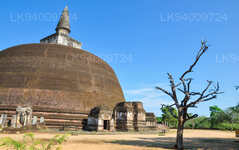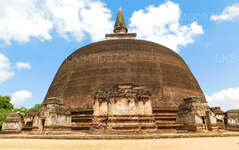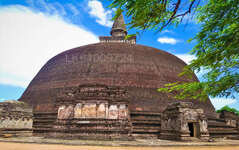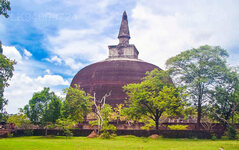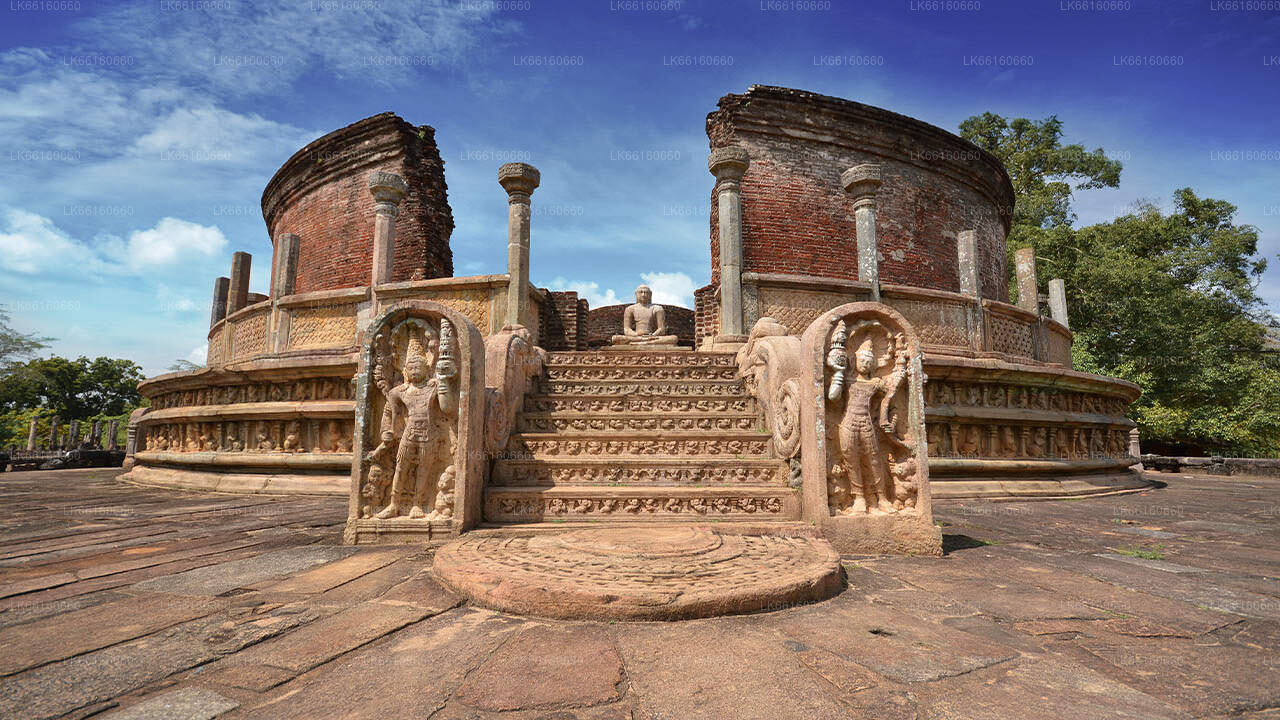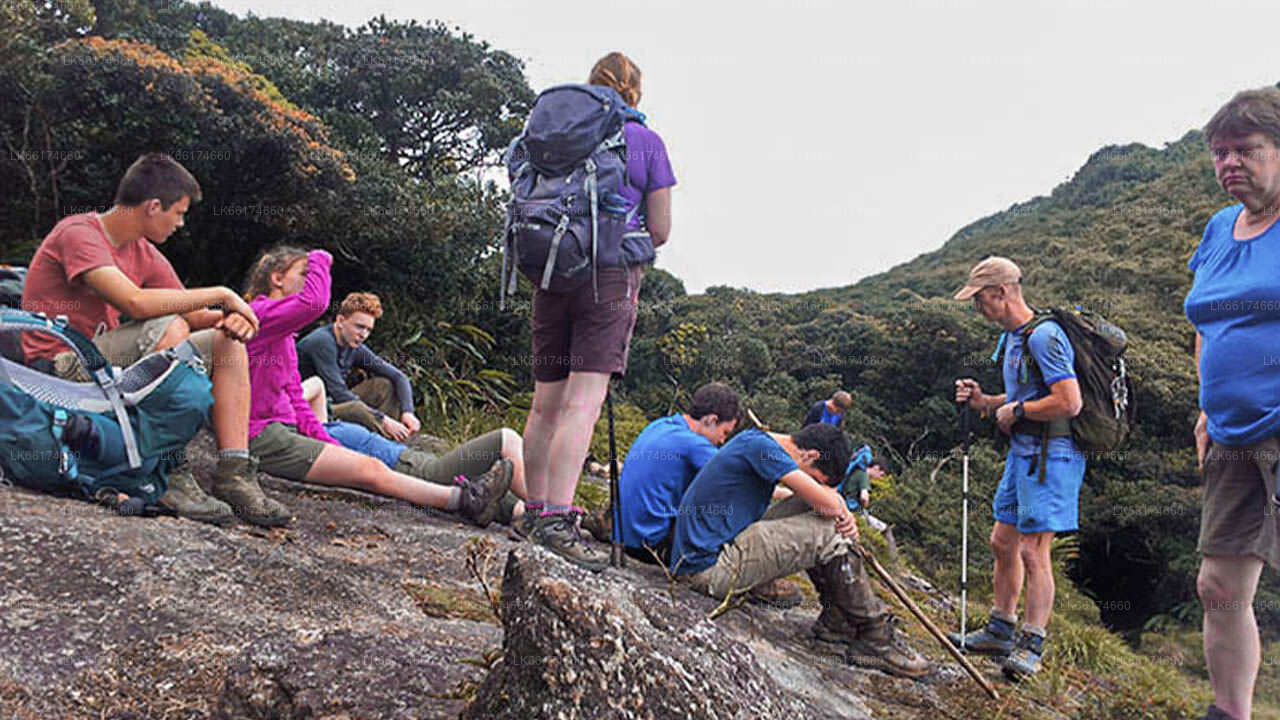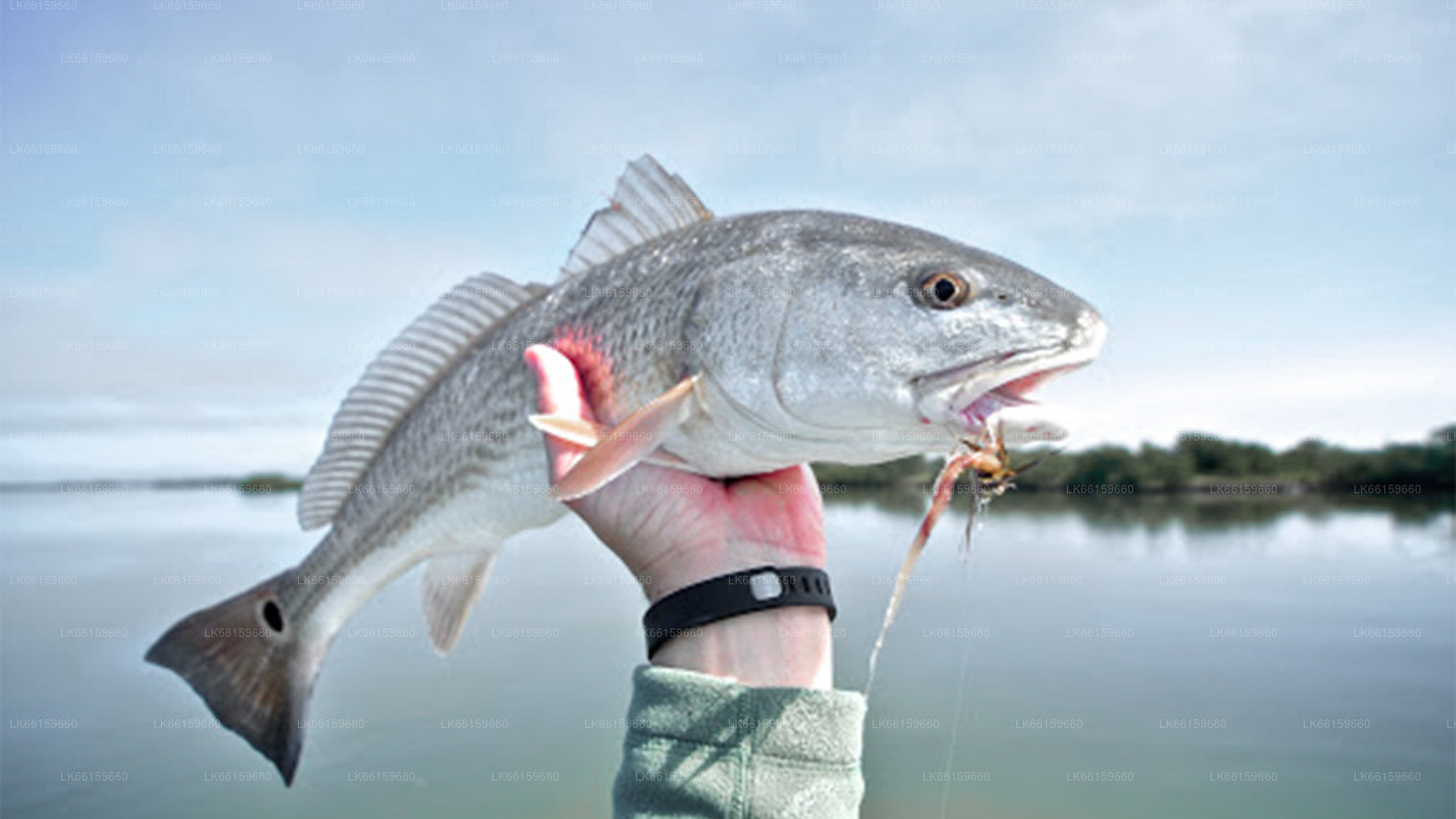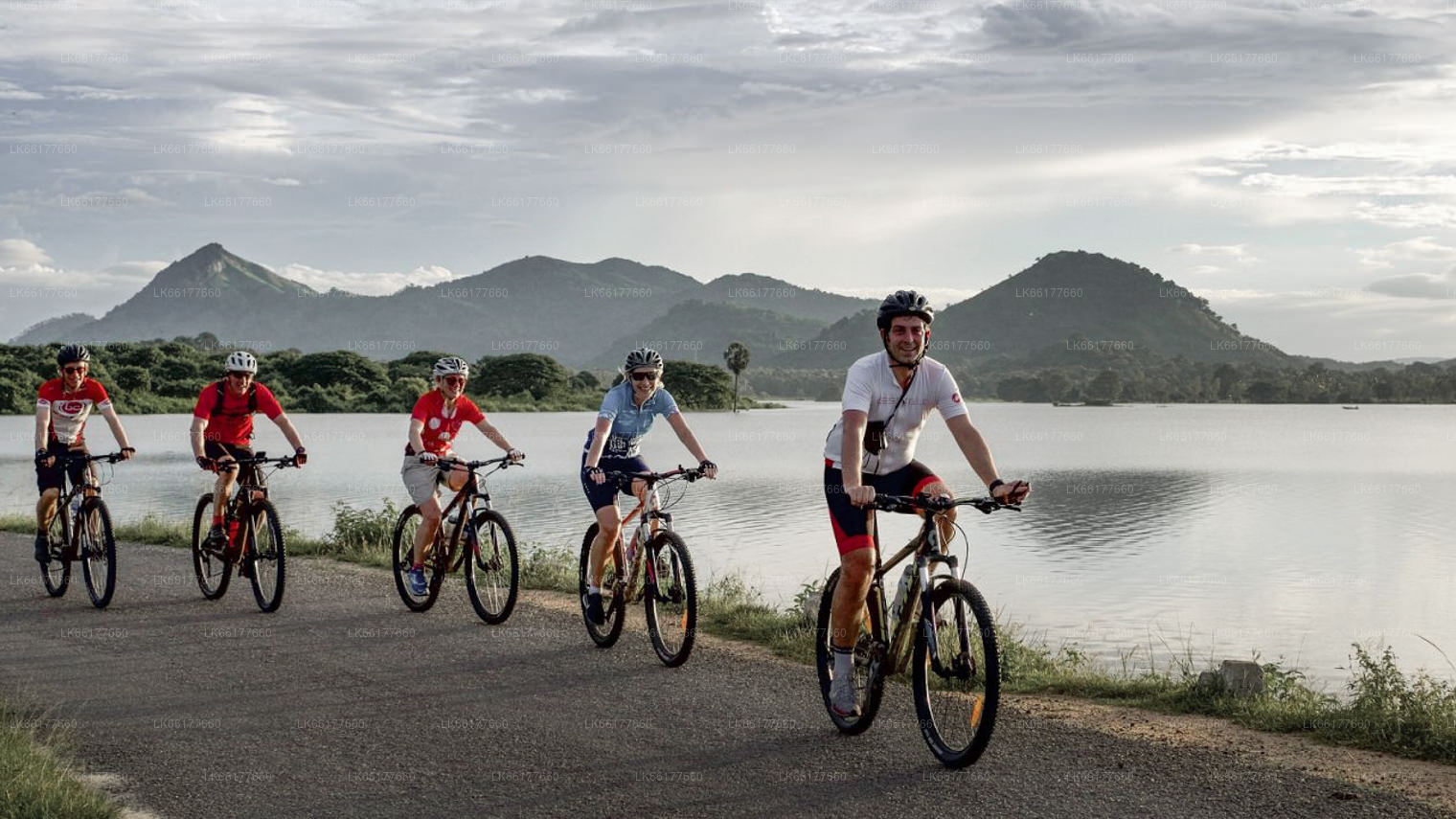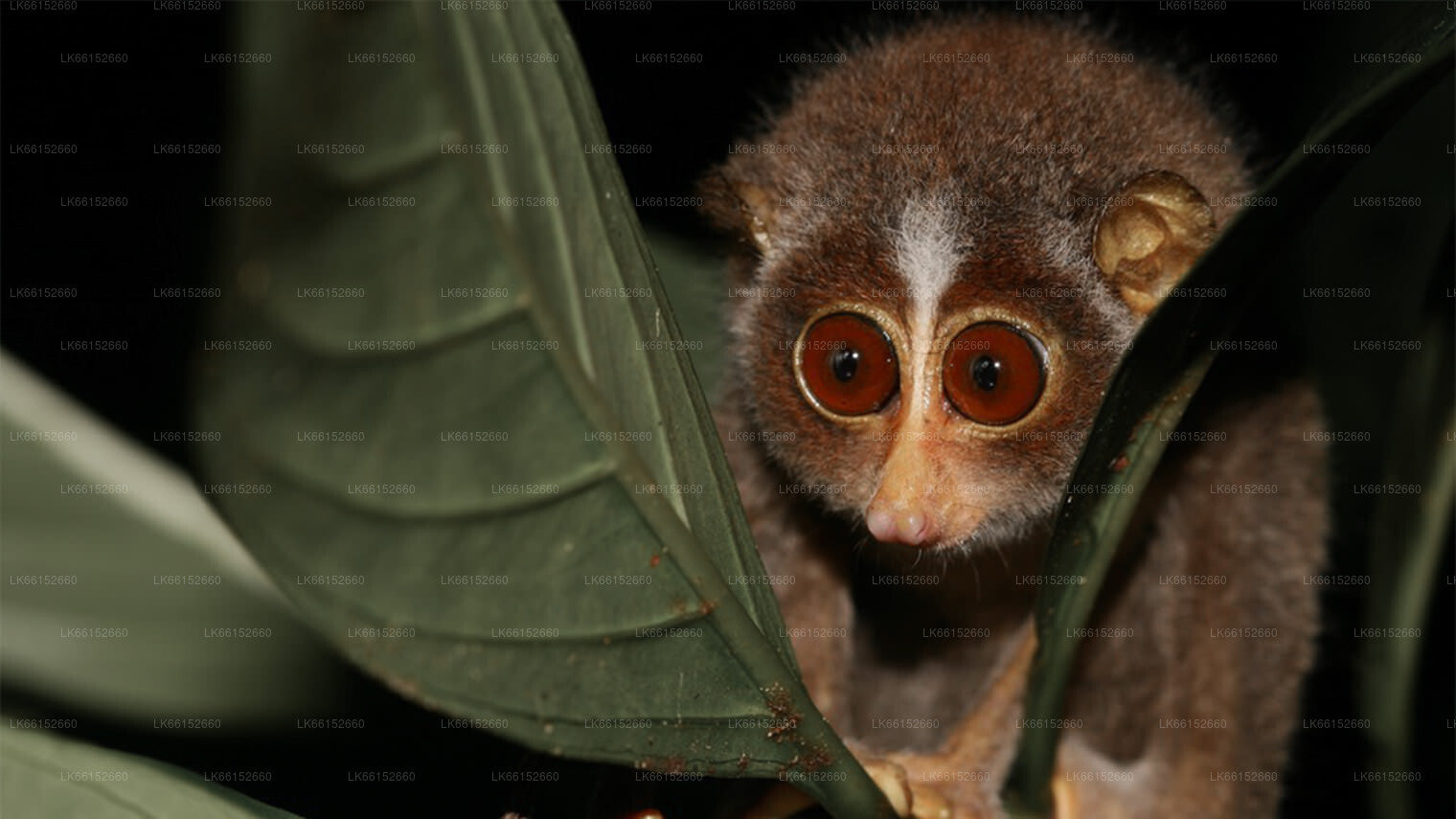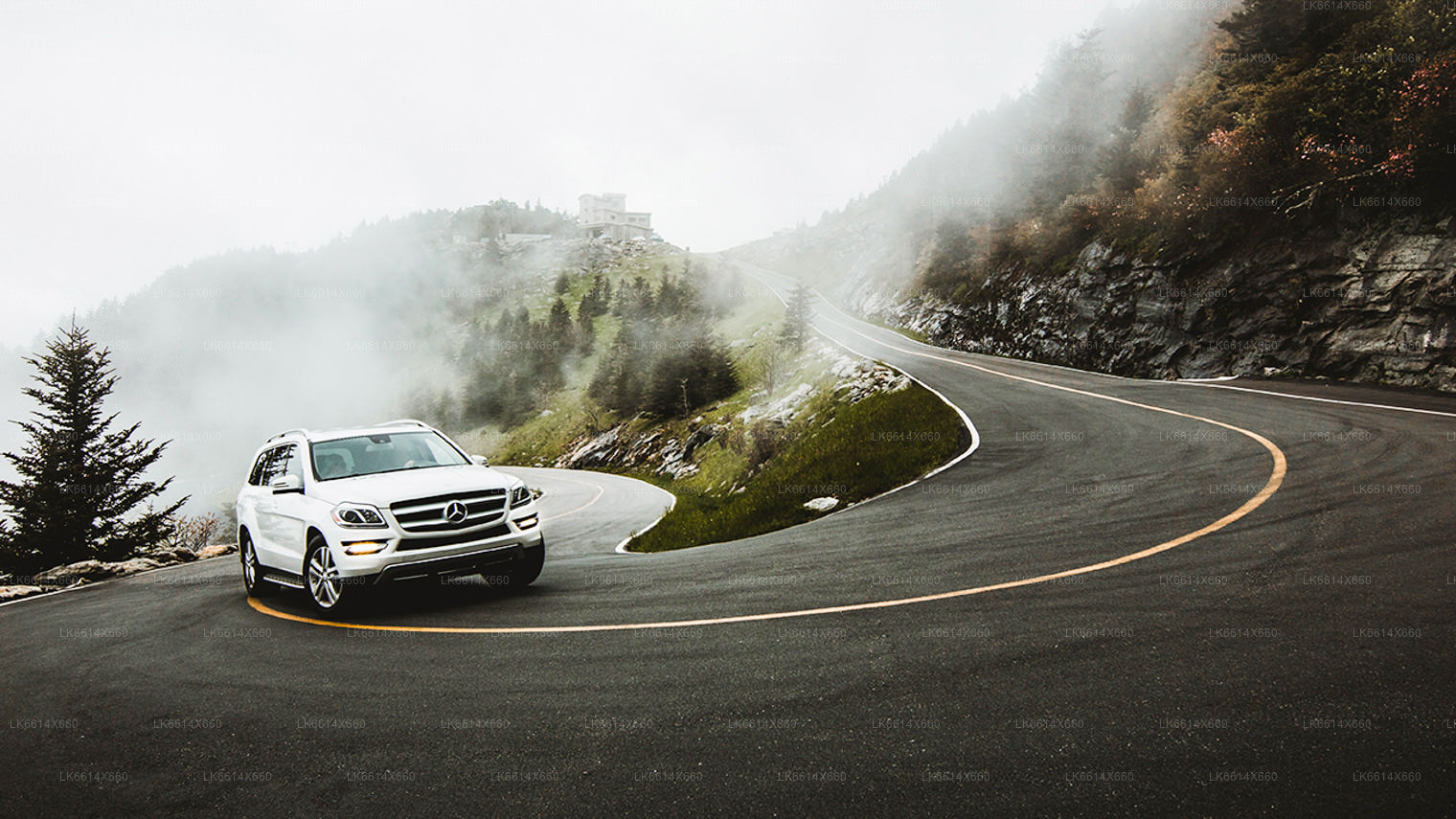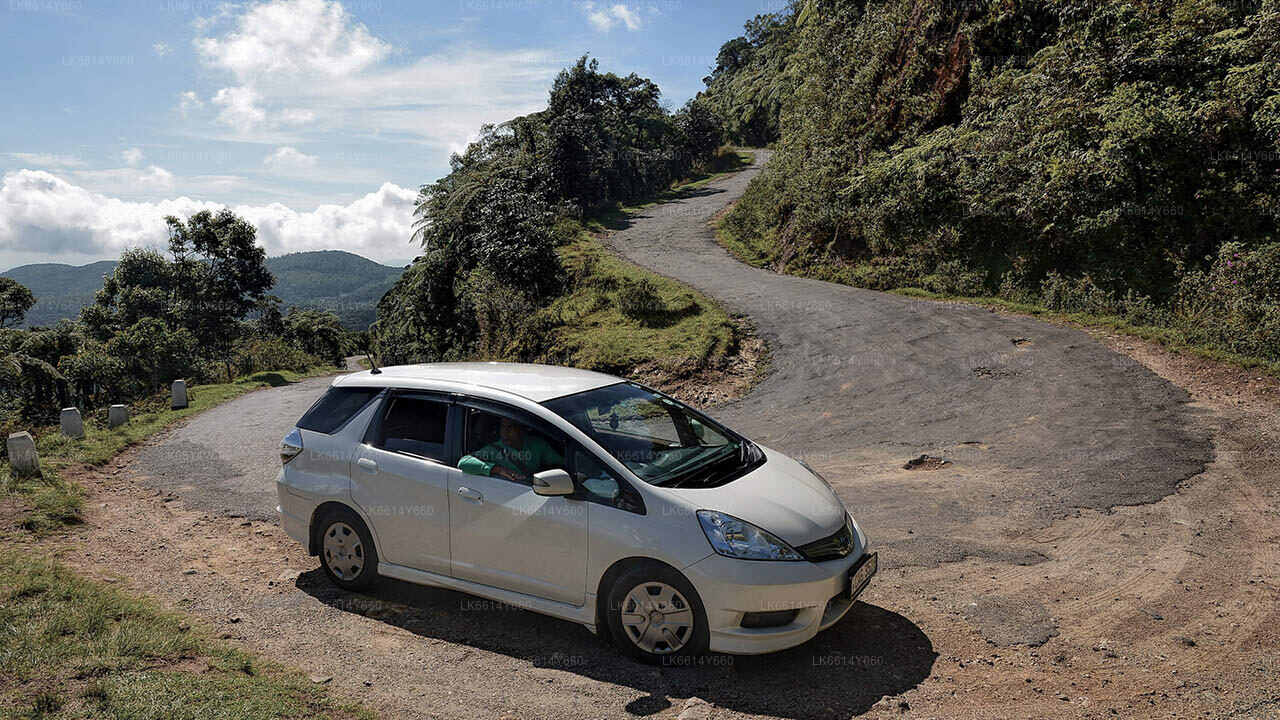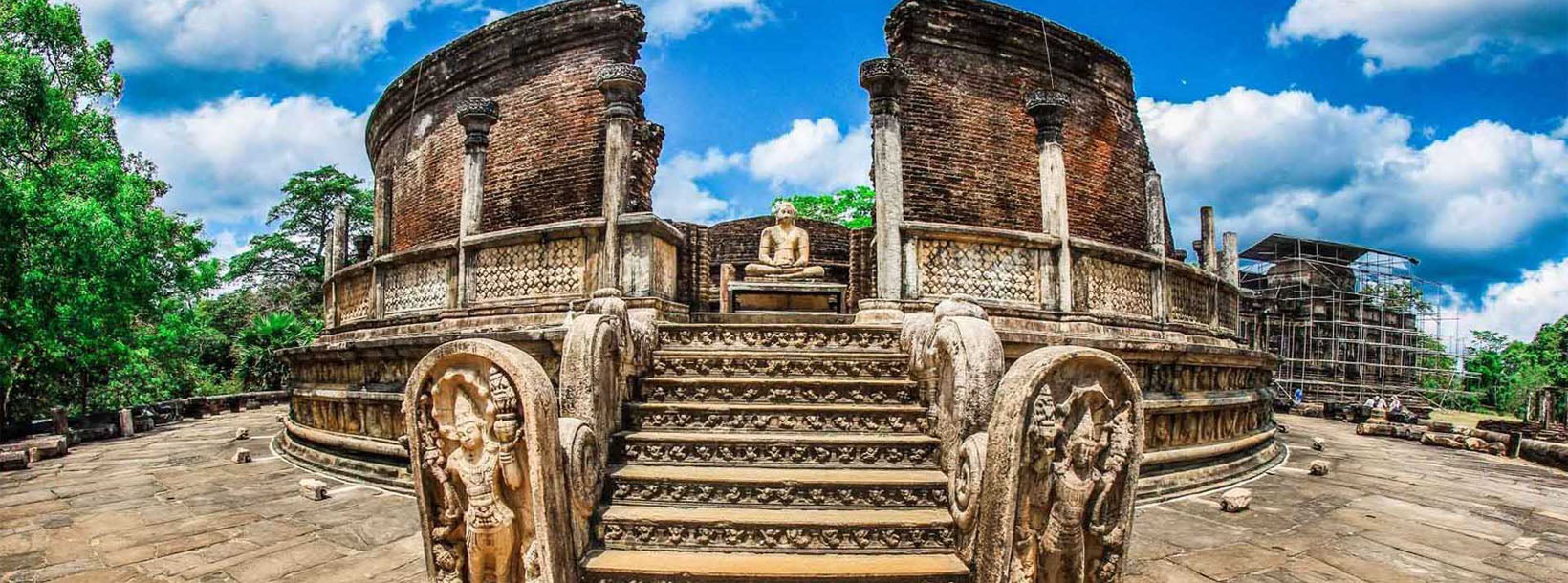
Polonnaruwa linn
Polonnaruwa, UNESCO maailmapärandi nimistus Sri Lankal, oli riigi keskaegne pealinn (11.–13. sajand). See on tuntud oma hästi säilinud varemete, sealhulgas ikooniliste Gal Vihara kujude poolest, ning uhkeldab muljetavaldava arhitektuuriga, mis peegeldab iidse singali tsivilisatsiooni suursugusust.
Rankoth Vehera


Rankoth Vehera in Sri Lanka: Stupa with the Golden Pinnacle
Polonnaruwa was the second kingdom of the ancient kings of Sri Lanka, after the kingdom of Anuradhapura. Following the older tradition of the kings of the first kingdom, the Polonnaruwa kings too saw fit to leave their footprints in the form of stupas built during their times of reign. The stupas were usually different from in design from those of the Anuradhapura kings and followed a style unique to Polonnaruwa, but there were a few exceptions.Rankoth Vehera in Sri Lanka: Resembling Ruwanwelisaya
Ruwanweli is a stupa built by the king Nissanka Malla who ruled Polonnaruwa (AD 1187 – 1196). It was constructed in the style of the original Anuradhaphura Maha Vihara monastery stupas, bearing a close resemblance to one of the most famous stupas of Sri Lanka – ‘Ruwanwelisaya’. The original name of the stupa indicates that perhaps this resemblance was intentional. However the name was changed later on to ‘Rankoth Vehera’. ‘Ran’ means gold, and ‘koth’ is the word used for the pinnacle of a stupa in the Sinhalese language. Hence Rankoth Vehera approximates in English to ‘Stupa with the Golden pinnacle’. Rankoth Vehera is one of the most well-known and revered stupas of the Polonnaruwa era.
Rankoth Vehera in Sri Lanka: 10 Things You Should know about Rankoth Vehera
- Brick was the only construction material used in the entire stupa.
- Rankoth Vehera’s circular base has a diameter of approximately 170m (550 feet) and a height of approximately 33m (108 feet) at the tip of the stupa.
- However, renovation was carried out on the upper portion of Rankoth Vehera by later rulers changing the height of the structure. Research has shown that the original height of the stupa may have been as great as 200 feet (61m).
- Even after the drastic decrease Rankoth Vehera remains the largest stupa in Polonnaruwa, and the fourth largest in the country.
- Rankoth Vehera has four Vahalkadas supporting the weight of the stupa, which are also made of brick.
- The entire stupa lies in the center of a large square terrace that is surrounded by a brick wall.
- The terrace has four entrances in the directions of the four cardinal points, with sand paths leading up to them.
- It is inscribed on a stone close to one of the entrance that King Nissanka Malla watched over and supervised the construction of the stupa.
- The inscription also mentions that he worshiped the stupa from a stone platform.
- This platform can be found at a corner of the terrace on which the stupa is placed.
Polonnaruwa, along with Anuradhapura, has a literal treasure trove of well-preserved historical places to visit, such as Rankoth Vehera.
Polonnaruwa ringkonna kohta
Polonnaruwa on Sri Lanka põhja-keskprovintsi suuruselt teine linn. Iidne Polonnaruwa linn on UNESCO poolt maailmapärandi nimistusse kuulutatud. Polonnaruwal on pikk vallutuste ja võitluste ajalugu ning see moodustab õigustatult kolmanda elemendi kultuurikolmnurgas. Kandyst umbes 140 km kirdes asuv Polonnaruwa pakub ajaloo- ja kultuurisõpradele lõputut naudingut, kuna seal on arvukalt olulisi vaatamisväärsusi.
Suur osa tänapäeval säilinud füüsilistest varemetest on omistatud kuningas Parakrama Bahu I-le, kes kulutas palju kuninglikke ressursse linnaplaneerimisele, sealhulgas parkidele, ehitistele, niisutussüsteemidele jne. Tema valitsemisaega peetakse kuldajastuks, mil kuningriik õitses ja õitses visionääri valitseja all. Parakrama Samudra on mammutlik veehoidla, mis on nimetatud oma patrooni järgi. Populaarne kuningapalee, kaunilt nikerdatud kivist elevantidega ümbritsetud audientsi saal ja supelbassein peegeldavad tolle aja suurepäraseid insenerivõimeid.
Põhja-Keskprovintsi kohta
Põhja-Keskprovints, mis on riigi suurim provints, hõlmas 16% riigi kogupindalast. Põhja-Keskprovints koosneb kahest ringkonnast: Polonnaruwa ja Anuradhapure. Anuradhapura on Sri Lanka suurim ringkond. Selle pindala on 7128 km².
Põhja-Keskprovintsil on investoritele arvukalt potentsiaali oma ettevõtete alustamiseks, eriti põllumajanduses, põllumajandusel põhinevas tööstuses ja loomakasvatussektoris. Üle 65% Põhja-Keskprovintsi elanikest sõltub põllumajandusest ja põllumajanduse baastööstusest. NCP-d nimetatakse ka "Wew Bendi Rajjeks", kuna provintsis asub üle 3000 keskmise ja suure mahutavusega veehoidla. Sri maha bodiya, Ruwanweli seya, Thuparama dageba, Abayagiri klooster, Polonnaruwa Rankot wehera, Lankathilake on hirmunud.

